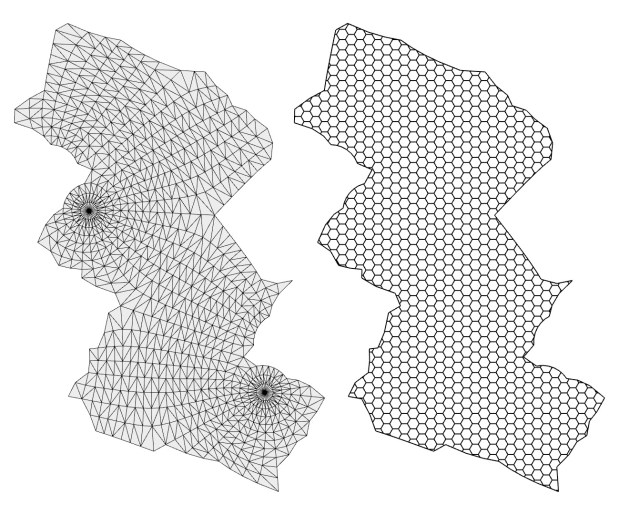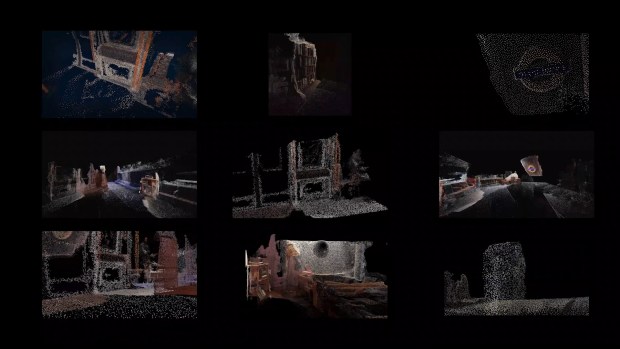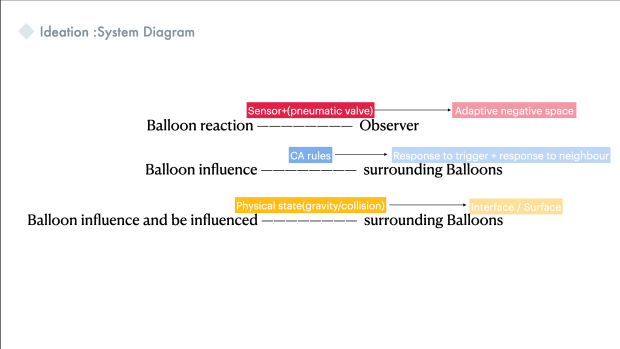
There is one more tessellation method which will be discussed in this post and then some generations will be tessellated using all the methods which have been discussed so far.
Boundary First Flattening (BFF)
“Boundary First Flattening (BFF) is a free and open source application for surface parameterization. Unlike other tools for UV mapping, BFF allows free-form editing of the flattened mesh, providing users direct control over the shape of the flattened domain—rather than being stuck with whatever the algorithm provides. The initial flattening is fully automatic, with distortion mathematically guaranteed to be as low or lower than any other conformal mapping tool. The tool also provides some state-of-the art flattening techniques not available in standard UV mapping software such as cone singularities, which can dramatically reduce area distortion, and seamless maps, which help eliminate artifacts by ensuring identical texture resolution across all cuts. BFF is highly optimized, allowing interactive editing of meshes with millions of triangles.” (Rohan Sawheny and Keenan Crane. Boundary first flattening, 2019)
By this method, a definition for flattening a mesh sphere on XY plane which contains “NGon” add-on was written in grasshopper which is shown below:

Left image is the original flattened mesh and the right is the border of the mesh filled with hexagons in 2D mode. Here is the hexagon 3D mapped of last image:

Although hexagons seem not to be distorted, there are some sections of the sphere which are not covered with hexagons because borders are not seamless. Therefore, another test with a different sphere which is shown in below was done:

And here is the flattened mesh filled with hexagons for 3D mapping:

In this test, flattened mesh was uniform which produced a seamless 3D mapping structure. However, the pattern is stretched:

Tessellation Tests
Amongst the tests which have been done so far, the BFF method works better on the generations. Kangaroo does not work for this type of surfaces since it neither keeps the relationship between hexagons edges such as: length and angle nor planarize them (Bottom-Left). Self-planarization method (Bottom-Right) can stretch pedals and it depends on the base surface type and hexagons locations on the base surface (Concave or Convex). Top image shows 6 chosen generation tessellated by BFF method (Click on the image for better resolution):

Next step is to cluster hexagons and extract their data for fabrication.
Reference:
BFF: https://github.com/GeometryCollective/boundary-first-flattening





